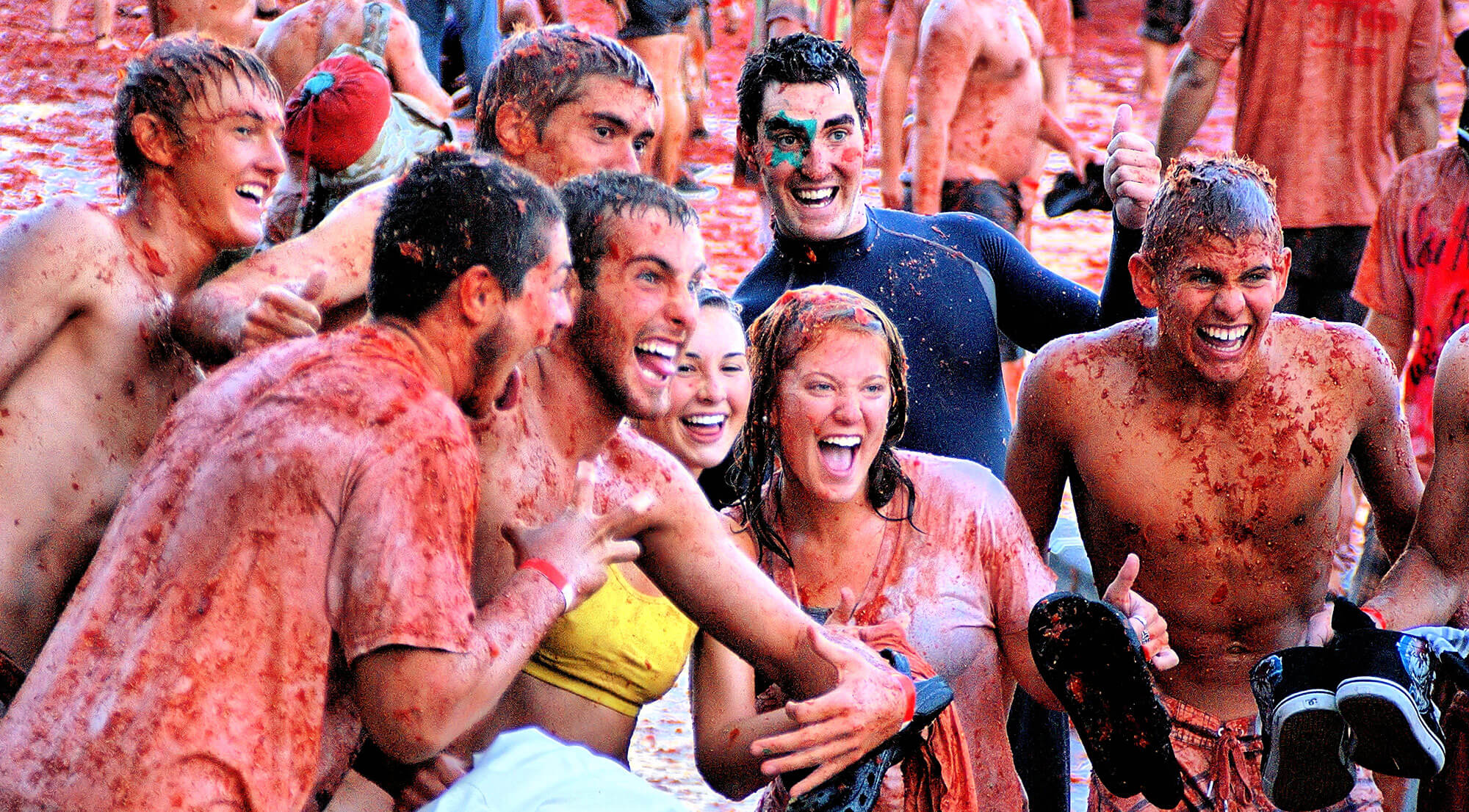Spain is a country known for its vibrant culture, delicious food, and centuries-old traditions. One of the best ways to experience the rich heritage of Spain is by attending its famous festivals. From wild tomato fights to religious pilgrimages, Spain’s festivals offer a unique insight into the country’s heart and soul. In this article, we will take you on a journey through 10 of the most iconic festivals in Spain, complete with detailed information on each, including statistics, traditions, costs, and tips for attending.
1. La Tomatina (Buñol)

La Tomatina, held annually in the small town of Buñol near Valencia, is one of Spain’s most famous festivals. This unique event involves thousands of participants hurling overripe tomatoes at each other in the streets. It takes place on the last Wednesday of August and has grown from a local food fight to an internationally renowned festival.
- History: La Tomatina started in 1945 during a local parade when some teenagers began a tomato fight. The tradition stuck and evolved into the large-scale event it is today.
- Statistics: Over 20,000 people attend La Tomatina every year, with around 150,000 tomatoes (about 40 metric tons) being thrown during the festival.
- Costs: The town charges a small entrance fee of around €12–€20 to manage the crowds.
- Tips: Wear old clothes as they will likely be stained beyond repair, and bring goggles to protect your eyes from tomato juice.
Keep reading: How Much Does It Cost to Visit Spain?
2. Las Fallas (Valencia)

Las Fallas is one of Spain’s most impressive and visually stunning festivals, held in March in Valencia. The event is a fiery celebration of Saint Joseph, the patron saint of carpenters. Artists and artisans create large wooden structures known as “fallas,” which are then set on fire in a spectacular display on the final night.
- History: Las Fallas has its origins in pagan celebrations marking the spring equinox and later became associated with Saint Joseph.
- Statistics: Every year, over 700 fallas are created, with some towering as high as 20 meters. The festival attracts more than one million visitors.
- Costs: Las Fallas is free to attend, but guided tours of the fallas monuments can range from €10–€30.
- Tips: Book accommodations early as Valencia fills up quickly, and be prepared for loud fireworks and late-night parties.
3. Feria de Abril (Seville)
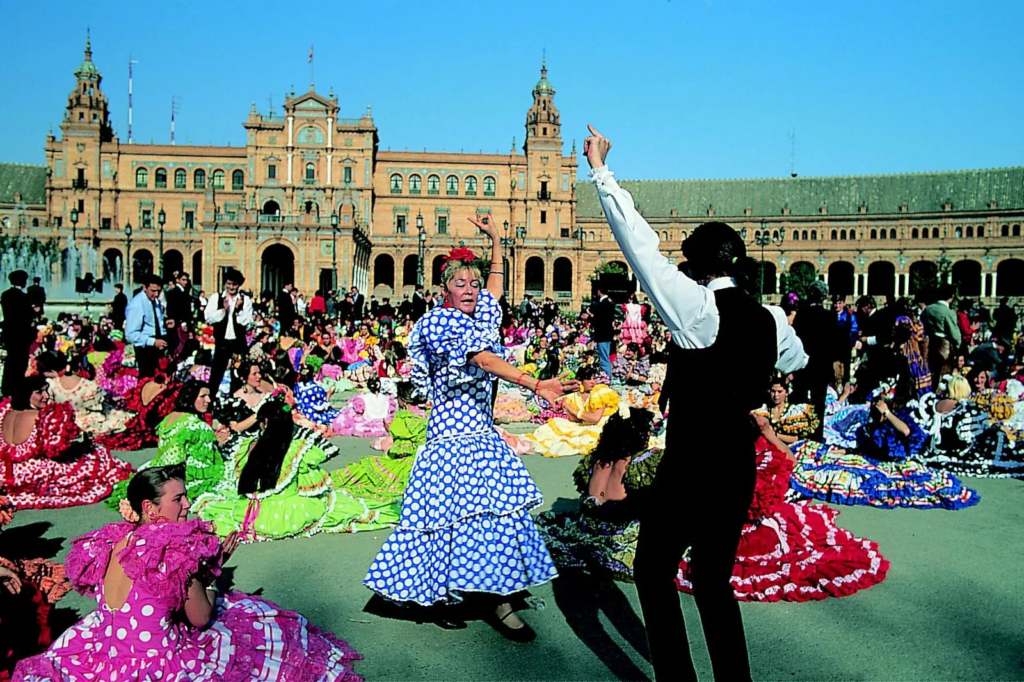
The Feria de Abril, or April Fair, is a week-long celebration in Seville filled with traditional Andalusian music, dancing, food, and drink. It typically takes place two weeks after Easter, and during this festival, the streets are filled with colorful flamenco dresses, horse-drawn carriages, and casetas (temporary tents) where people dance and socialize.
- History: The fair started in 1847 as a livestock market but soon transformed into a cultural celebration.
- Statistics: The Feria de Abril hosts over 1,000 casetas and attracts more than 500,000 visitors annually.
- Costs: While many casetas are private, there are also public ones that are free to enter. The average cost of food and drink during the festival ranges from €20 to €50 per day.
- Tips: If you don’t know someone with access to a private caseta, head to the public ones where the party is just as lively. Don’t forget to try the famous rebujito cocktail!
4. San Fermín (Pamplona)
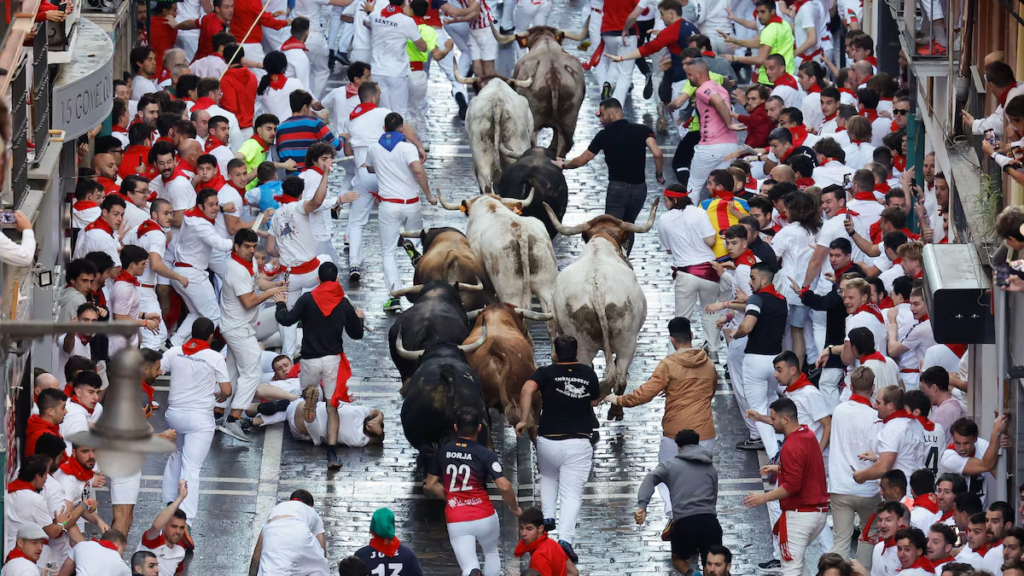
San Fermín, held in July in the city of Pamplona, is best known for its running of the bulls, or “encierro.” Every morning during the festival, participants run through the city’s streets ahead of a group of charging bulls.
- History: The festival dates back to the 13th century and is held in honor of Saint Fermin, Pamplona’s patron saint.
- Statistics: San Fermín draws around one million visitors each year, and over 2,000 people participate in the bull run daily.
- Costs: The bull run is free to join, but accommodations and other festivities can be expensive. Expect to spend about €50–€150 per day for meals and drinks.
- Tips: The bull run is dangerous, so it’s not recommended unless you’re well-prepared. If you’d rather watch from the sidelines, arrive early to secure a good viewing spot.
5. Semana Santa (All over Spain)
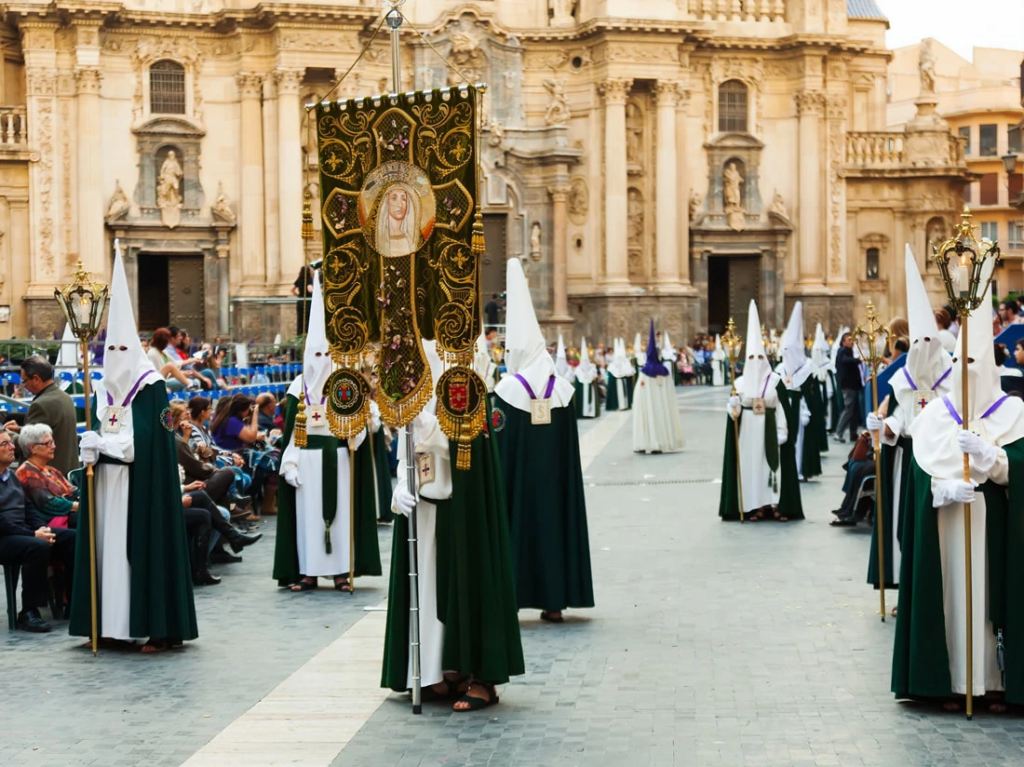
Semana Santa, or Holy Week, is celebrated in cities and towns across Spain, with Seville and Málaga being particularly famous for their elaborate processions. During the week leading up to Easter, solemn parades take place, featuring large floats depicting scenes from the Passion of Christ.
- History: Semana Santa has been celebrated since the Middle Ages and is one of Spain’s most deeply rooted religious traditions.
- Statistics: Seville alone attracts more than a million people for its Semana Santa processions, with around 60 brotherhoods participating.
- Costs: Attending the processions is free, but seating in grandstands can cost anywhere from €50 to €200, depending on the location.
- Tips: Be respectful of the solemn nature of the event and dress appropriately. Some processions take place late at night or early in the morning, so plan your schedule accordingly.
6. Carnival (Tenerife)

Spain’s Carnival in Tenerife, held in February, is the second largest in the world, after Rio de Janeiro. It’s a time of wild costumes, extravagant parades, music, and dancing, with the entire island of Tenerife coming alive in a dazzling display of color and creativity.
- History: Carnival has its origins in Roman festivals and was later adapted by Christianity as a way to enjoy one last celebration before Lent.
- Statistics: More than 250,000 people participate in the festivities, which last for about two weeks.
- Costs: Carnival in Tenerife is free to attend, but expect to spend around €30–€70 per day on food, drinks, and costume rentals if you wish to join in the fun.
- Tips: Bring your most creative outfit, as everyone gets into the spirit of Carnival! If you’re not into crowds, head to smaller towns around the island for a more relaxed experience.
7. El Colacho (Castrillo de Murcia)
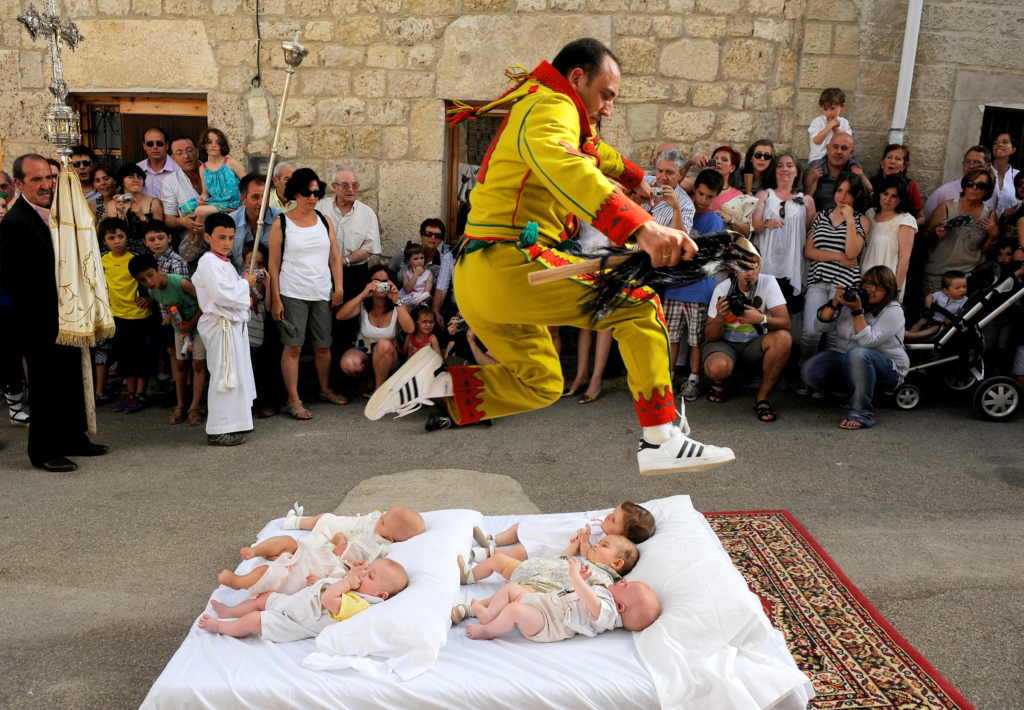
El Colacho, or the “baby jumping festival,” is one of the more unusual festivals in Spain. Held annually in the village of Castrillo de Murcia in June, this event involves men dressed as devils jumping over rows of babies lying on mattresses. The ritual is believed to cleanse the babies of original sin and bring them protection for life.
- History: El Colacho has been celebrated since the 17th century as part of Corpus Christi.
- Statistics: Though a smaller festival, it draws around 3,000 visitors each year.
- Costs: El Colacho is free to attend, though donations to the local church are appreciated.
- Tips: If you want to witness this unique tradition, plan your trip early, as the village is small and accommodations can be limited.
8. La Feria de Málaga (Málaga)
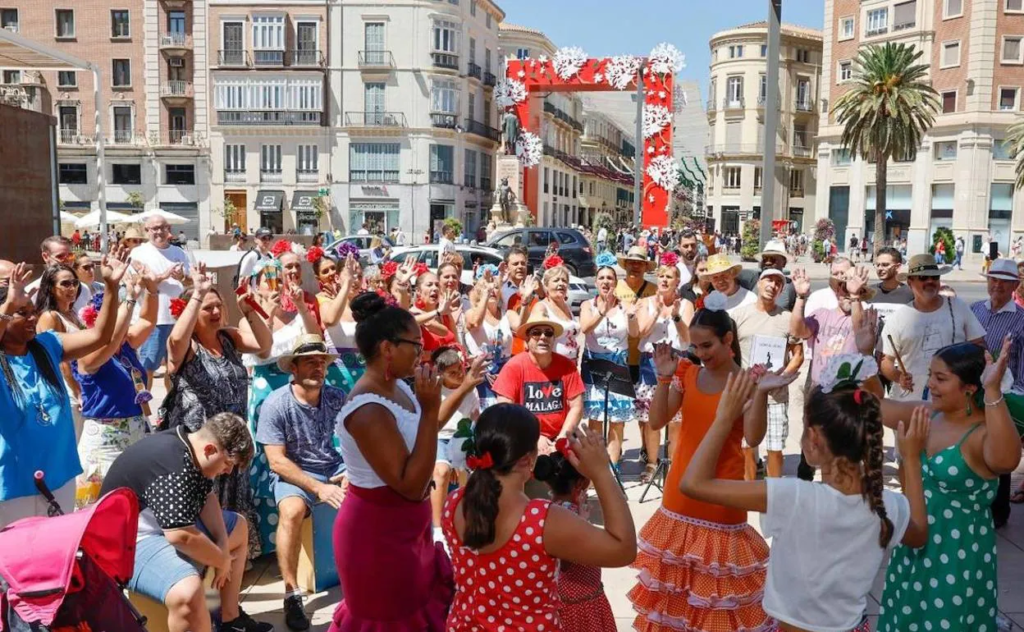
La Feria de Málaga is a week-long celebration held every August that commemorates the re-conquest of the city by the Catholic Monarchs in 1487. The festival features live music, flamenco, bullfights, and processions.
- History: The festival began in the 15th century as a religious celebration and has since evolved into one of Spain’s largest street parties.
- Statistics: More than one million people attend La Feria de Málaga annually.
- Costs: Most events during the feria are free, but expect to spend about €30–€60 per day on food and drink.
- Tips: The festival is divided into two parts: the daytime feria in the city center and the nighttime feria in the fairgrounds. Make sure to experience both for a full immersion.
9. Moros y Cristianos (Alicante)
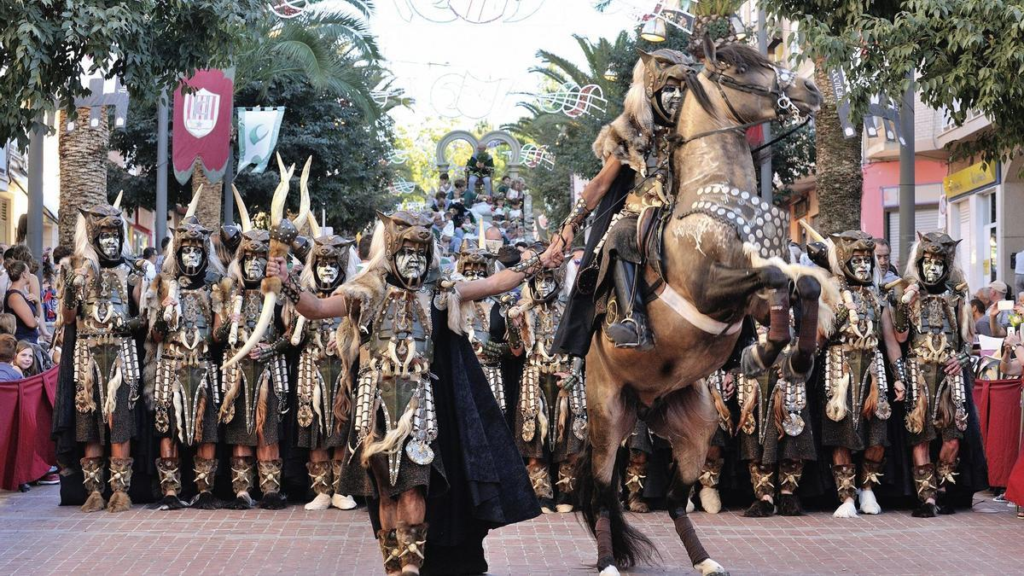
The Moros y Cristianos (Moors and Christians) festival is held throughout Spain, but the largest and most spectacular takes place in Alcoy, Alicante. The festival re-enacts the battles between the Moors and Christians during the Reconquista, with elaborate costumes, parades, and mock battles.
- History: The festival celebrates the Christian re-conquest of Spain and dates back to the 16th century.
- Statistics: The event attracts around 200,000 visitors annually, with more than 12,000 people participating in the re-enactments.
- Costs: Watching the parades is free, but guided tours and other activities can range from €20 to €40.
- Tips: Alcoy can get crowded during the festival, so arrive early to secure a good spot. Don’t miss the grand finale when the Christians defeat the Moors in a spectacular mock battle.
10. La Mercè (Barcelona)

La Mercè, held in September, is Barcelona’s largest street festival, honoring the city’s patron saint, La Mercè. The event features a wide range of activities, including castellers (human towers), parades, concerts, and the famous “Correfoc” or fire run, where participants dressed as devils run through the streets with fireworks.
- History: La Mercè has been celebrated since the 19th century, although its roots go back much further, to the 13th century.
- Statistics: The festival draws more than two million visitors and includes over 600 cultural events.
- Costs: Most of the activities during La Mercè are free, but some concerts or workshops may charge a small fee of around €5–€15.
- Tips: Make sure to see the castellers forming their human towers, a breathtaking display of strength and teamwork. If you plan to participate in the Correfoc, wear long sleeves and eye protection to shield yourself from the sparks.
Read also: 10 Days in Spain: A Full Detailed Planing


